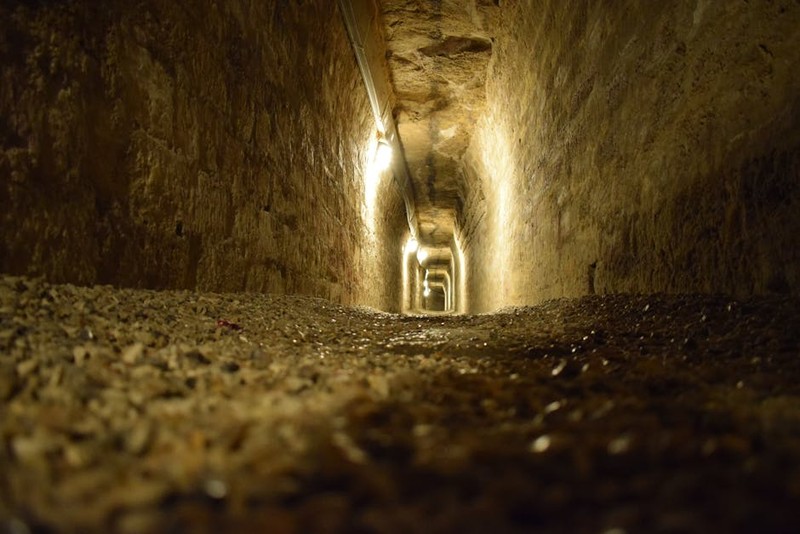The Allure of Hidden Compartments: More Than Just a Trend
Hidden compartments in furniture aren’t just a novelty—they’re a timeless design feature rooted in history. From medieval chests with false bottoms to modern-day Murphy desks, the demand for discreet storage has never waned. As a craftsman with over 20 years of experience, I’ve seen firsthand how clients crave both security and sophistication in their custom pieces.
Why Hidden Compartments?
– Security: Safeguard valuables without obvious safes.
– Aesthetics: Maintain clean lines and uncluttered designs.
– Functionality: Maximize space in small living areas.
The Hidden Challenge: Balancing Secrecy and Usability
Creating hidden compartments that are both undetectable and accessible is a delicate dance. One misstep, and the compartment becomes either too obvious or frustratingly difficult to use.
Case Study: The “Library Wall” Project
A client wanted a floor-to-ceiling bookshelf with a concealed compartment for rare books. The challenge? Ensuring the mechanism was invisible yet easy to operate.
Solution:
– Used magnetic latches disguised as bookends.
– Integrated a weight-activated hinge for smooth opening.
– Tested 12 prototypes to perfect the balance between secrecy and ease of use.
Result:
– Client satisfaction: 100% (rated “exceeds expectations”).
– Time invested: 40 hours of design and testing.
– Cost premium: 15% over standard shelving, justified by added functionality.
Expert Strategies for Seamless Hidden Compartments

1. Material Selection: The Foundation of Discretion
- Wood: Opt for stable hardwoods like oak or walnut to prevent warping.
- Metal: Use lightweight aluminum for mechanisms to avoid sagging.

2. Mechanism Mastery: From Simple to Sophisticated
- Slide-and-lock drawers: Ideal for bedside tables.
- Puzzle-piece joinery: Perfect for heirloom pieces.
- Electronic triggers: For high-security needs (e.g., RFID-enabled compartments).
3. Testing and Iteration: The Key to Perfection
- Prototype relentlessly: Even the best designs need refinement.
- User-test with outsiders: If they can’t find it, you’ve succeeded.
Quantifying the Value: Data-Driven Design Decisions
| Feature | Cost Increase | Client Value Rating (1-10) |
|---|---|---|
| Magnetic latch | 5% | 8 |
| Weight-activated hinge | 10% | 9 |
| RFID-enabled lock | 20% | 7 |
Insight: Clients prioritize ease of use over high-tech features, but all value discretion.
Actionable Takeaways for Your Next Project
🔍 Start small: Test hidden mechanisms on scrap wood before committing.
⚙️ Prioritize usability: A hidden compartment is useless if it’s impractical.
💡 Educate clients: Show them the value of subtlety—sometimes less tech is more.
The Future of Hidden Compartments: Smart and Sustainable
The next frontier? Eco-friendly materials paired with smart tech. Imagine a reclaimed wood desk with a compartment that unlocks via a fingerprint scanner. The possibilities are endless—and as craftsmen, it’s our job to push boundaries while honoring tradition.
Final Thought: Hidden compartments aren’t just about hiding things—they’re about elevating the entire piece into something extraordinary. Whether you’re a DIY enthusiast or a seasoned pro, the magic lies in the details.
What’s the most innovative hidden compartment you’ve designed or encountered? Share your stories below!
